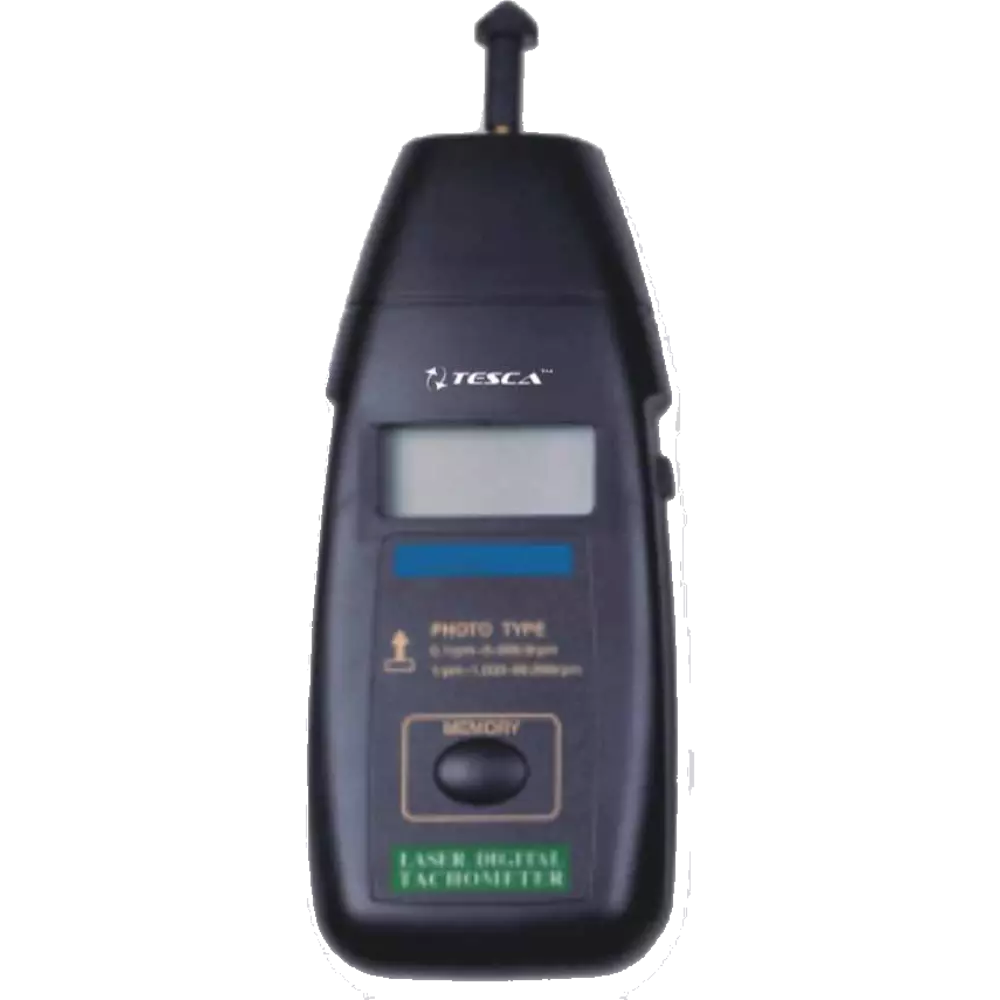Specialist Tips for Preserving and Calibrating Your Tachometer
Specialist Tips for Preserving and Calibrating Your Tachometer
Blog Article
The Relevance of a Tachometer in Keeping An Eye On Engine Speed and Performance in Automotive Applications
In the world of automobile engineering, the tachometer stands as a pivotal instrument in the motorist's arsenal, offering a straight window right into the inner functions of a lorry's engine. Past its feature as a simple gauge of transformations per minute (RPM), the tachometer functions as a vital device for lovers and professionals alike, supplying real-time insights right into engine performance and health and wellness. Understanding the importance of this device goes past surface-level observations, diving into the detailed partnership in between engine speed, power output, and overall driving experience. As we discover the complex role of the tachometer in automobile applications, a much deeper recognition for its influence on automobile dynamics and performance starts to arise.
Relevance of Checking Engine RPM
Keeping track of engine RPM, or transformations per minute, is an essential facet of vehicle maintenance and efficiency examination. Engine RPM directly correlates with the rate at which the engine's crankshaft rotates, showing exactly how promptly the engine is running - tachometer. By checking RPM, mechanics can analyze the health of the engine, discover prospective concerns, and fine-tune efficiency. An uncommon RPM analysis might signal problems such as engine misfires, defective ignition system, or problems with the gas distribution system. Continually high RPM readings can suggest hostile driving routines or the requirement for a higher equipment change to enhance gas efficiency.
Furthermore, monitoring engine RPM is crucial for efficiency evaluation in racing and high-performance automobiles. In recap, checking engine RPM is not only essential for spotting concerns yet also for enhancing engine efficiency in numerous automotive applications.

Benefits of Real-Time Data
In vehicle applications, real-time information plays a critical function in giving instant understandings into the efficiency and condition of the lorry. By continuously keeping an eye on various specifications such as engine speed, temperature level, gas consumption, and extra, real-time information uses countless benefits that add to boosted effectiveness and safety and security on the roadway.
One considerable benefit of real-time data is its ability to sharp drivers and technicians to any type of anomalies or concerns without delay. This proactive strategy allows quick recognition of prospective problems, permitting prompt interventions to stop further damage or malfunctions. Furthermore, real-time data facilitates efficiency optimization by offering prompt responses on driving practices and engine efficiency. Motorists can readjust their habits in real-time based on this information to accomplish much better gas economy and lengthen the life expectancy of their lorry.

In addition, real-time data plays a crucial role in contemporary automotive diagnostics, making it possible for professionals to rapidly detect and attend to malfunctions. This results in minimized downtime, lower maintenance prices, and inevitably, improved total automobile dependability and longevity (tachometer). By utilizing the power of real-time information, auto stakeholders can make enlightened choices that positively affect both the performance and long life of the car
Effect On Gear Shifts
Efficient equipment shifts in automobile applications substantially influence overall performance and driving experience. The tachometer plays a vital duty in enhancing gear shifts by offering real-time engine rate data to the chauffeur. When approaching the redline on the tachometer, it signifies useful link the chauffeur to upshift to avoid over-revving the engine and creating potential damage. On the other hand, downshifting at the right moment can help keep the engine in its power band, making certain receptive acceleration when required.
In addition, the tachometer aids in attaining smoother equipment changes, specifically in hands-on transmissions. By checking engine speed, chauffeurs can implement equipment shifts at the optimum RPM variety, lowering jerking motions and decreasing wear on the transmission parts. This precision on duty changes not just enhances driving comfort but additionally contributes to sustain effectiveness.
Enhancing Gas Effectiveness
Provided the important duty the tachometer plays in maximizing gear shifts for performance and engine wellness, it directly adds to maximizing gas performance in automobile applications. By offering real-time responses on engine rate, the tachometer aids motorists in maintaining one of the most reliable RPM variety for fuel economic climate. When chauffeurs continually monitor the tachometer and readjust their motoring habits appropriately, they can avoid unneeded gas intake brought on by over-revving or hauling the engine.
Furthermore, the tachometer aids chauffeurs identify the most fuel-efficient equipment to be in at any given minute, preventing the engine from working more challenging than essential. In conclusion, the tachometer serves as a valuable device in boosting fuel efficiency by advertising ideal driving behaviors and recognizing locations for enhancement in the car's performance.

Making Best Use Of Engine Durability
The tachometer's function in keeping an eye on engine rate and efficiency is critical in making sure the long life of vehicle engines. By making use of the tachometer properly, vehicle drivers can maximize engine durability through mindful RPM administration. Regularly revving an engine too high can Check Out Your URL cause excessive wear and tear on essential components, such as the pistons, shutoffs, and bearings. Gradually, this can cause lowered engine efficiency and potential malfunctions. Monitoring the tachometer permits motorists to remain within the suggested RPM range for their automobile, stopping unnecessary strain on the engine and expanding its life-span.

Final Thought
Finally, the tachometer plays an essential duty in checking engine speed and performance in automobile applications. By offering real-time information on RPM, it allows for reliable equipment shifts, improved fuel efficiency, and taken full advantage of engine durability. This device is necessary for preserving optimum engine efficiency and ensuring the general performance of a vehicle.
Report this page